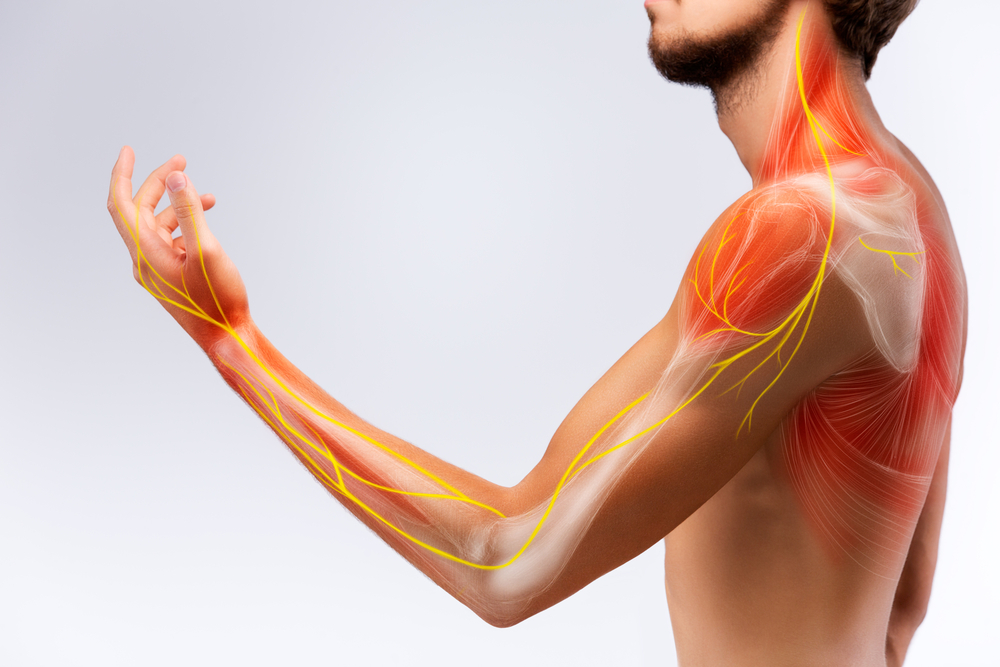Tissue Biopsy for FAP: What to Expect

A tissue biopsy is one of several tests doctors may use to confirm a diagnosis of familiar amyloid polyneuropathy (FAP), a rare disease characterized by the buildup of protein aggregates (clumps) in tissue and around nerve cells.
What is a tissue biopsy?
Doctors will remove a small piece of tissue for testing. The procedure often requires a small surgery, though in some cases doctors may use a device similar to a thick syringe to perform what is called a punch biopsy.
The tissue sample the doctor collects can be examined under a microscope for abnormalities. It also can be used for genetic testing, among other tests.
How doctors use biopsies to diagnose FAP
Mutations in the TTR gene cause FAP. These mutations lead cells to incorrectly make the protein for which the gene provides instructions. As a result is that instead of functioning normally, the proteins aggregate or clump together. These protein aggregates (sometimes called amyloids) build up in tissues and around nerve cells, interfering with function and causing the symptoms of FAP.
Doctors can use tissue biopsies to look for protein aggregates. In some cases, they might surgically remove a small nerve or muscle tissue to look for amyloids, which might indicate FAP.
Preparing for a biopsy
If your doctor orders a biopsy, there are a few steps you can take to prepare. You should tell your doctor if you have any history of bleeding disorders, skin infections, or if you are taking any medications that suppress your immune system, as it might mean taking additional precautions during the procedure.
Your doctor will use a numbing agent (a local topical anesthetic) on the area of skin over the muscle or nerve they intend to biopsy. Following the procedure, you may need one or two stitches to close the site.
What are the risks?
Tissue biopsies are generally a low-risk procedure. However, there are potential complications that you should discuss with your doctor in advance. As with any surgery, there are risks of infection and bleeding, and there may be minor scarring at the biopsy site.
After the biopsy
After the biopsy, the doctor will bandage the area and may give you a pain reliever. He or she will discuss further care of the surgery site with you and make sure you know the warning signs of an infection. If you notice bleeding, redness, or streaking of the skin near the biopsy site, you should contact your doctor immediately.
Your doctor will send the biopsy sample for testing. It may take a few days to a few weeks for the results to come back. Your doctor then will meet with you to discuss the outcome and treatment options.
Last updated: Aug. 27, 2020
***
FAP News Today is strictly a news and information website about the disease. It does not provide medical advice, diagnosis, or treatment. This content is not intended to be a substitute for professional medical advice, diagnosis, or treatment. Always seek the advice of your physician or other qualified health providers with any questions you may have regarding a medical condition. Never disregard professional medical advice or delay in seeking it because of something you have read on this website.






